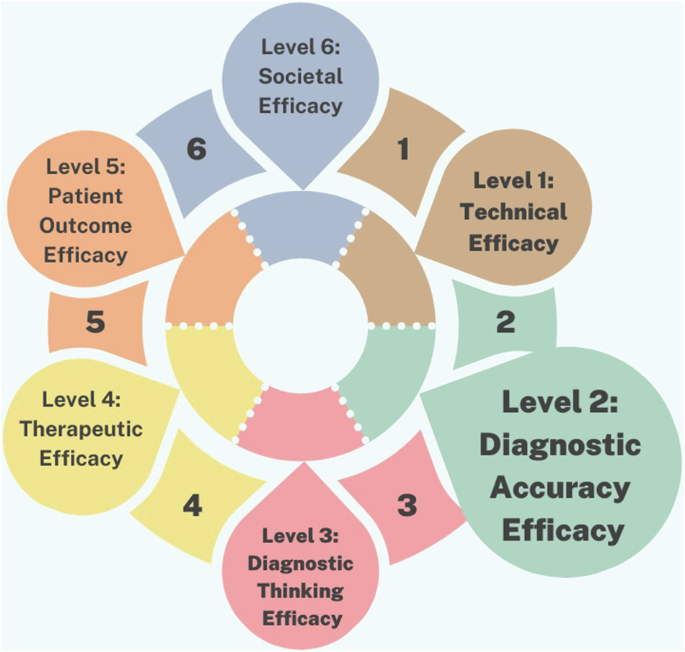The Latest Breakthroughs in AI for Dentistry: What You Need to Know
Study Selection and Search Insights
In a deep dive into the realm of AI in dentistry, researchers scoured electronic databases like PubMed and Scopus, unveiling a staggering 776 studies. After flushing out duplicate entries, they narrowed it down to 725 studies. From there, a further 665 studies were dismissed based on irrelevant titles, leading to 60 studies that were taken through rigorous abstract and full-text screenings. Ultimately, 34 studies were deemed worthy of inclusion. On top of that, a manual search via Google Scholar uncovered 123 studies, with 10 joining the fray. In total, 44 studies made the cut for review— a testament to the growing interest in AI applications in dentistry.
Overview of Study Characteristics
Spanning publications from 2011 to 2024, the selected studies showcased sample sizes typically ranging between 10 to 68 patients. Among these, 26 studies were retrospective analyses, while 7 employed a comparative framework. The remaining studies included 3 observational, 5 validation, 2 cross-sectional, and 1 prospective study.
One standout finding? Diagnocat emerged as the most frequently cited AI tool, appearing in 26 studies. CephX followed closely with 16 mentions, and other applications like Denti.AI, Smile.AI, and Smile Designer were referenced less frequently.
Diving deeper into deployment levels based on Fryback and Thornbury’s model, most studies gravitated towards level 2 deployment. This included 27 studies that assessed AI efficacy without real-world deployment. A few reached level 1, while others touched level 3, 4, and even levels 5 and 6—measuring the impact of AI in tangible clinical workflows.
When considering the fields of focus, orthopedic applications led the pack with 20 studies, followed by endodontics with 7, dental radiology with 6, and oral and maxillofacial surgery with 5. Only a handful explored prosthodontics and periodontics, while restorative dentistry and oral medicine saw just one study each.
Engaging with AI Companies
To verify the authenticity and real-world applications of these AI dental technologies, efforts were made to reach out to various companies touting AI solutions for dental practices. Firms like Diagnocat, CephX, Denti.AI, and Smilo.AI were contacted, seeking deeper insights into their offerings. Unfortunately, response rates were low, with only CephX engaging and providing a free trial, highlighting hurdles in assessing real-world deployment of their applications.
Understanding AI Deployment Levels
The deployment levels for AI studies in dental care range from level 1—technical reports—to level 6, which gauge broader societal impacts. The predominant studies focus on levels 1 and 2, centralizing on technical efficacy and diagnostic accuracy. Level 1 studies examine algorithm performance metrics, while level 2 addresses sensitivity and specificity.
However, as the field of AI in dental care continues to evolve, it’s clear there’s a need for further exploration into higher-level effectiveness like patient outcomes and societal impacts.
Conclusion
The integration of AI into dentistry is not just a passing trend; it’s a transformative journey poised to enhance diagnostics and patient care. As this technology adapts and grows, its potential reaches far beyond mere efficiency to truly reshape the landscape of dental health.
The AI Buzz Hub team is excited to see where these breakthroughs take us. Want to stay in the loop on all things AI? Subscribe to our newsletter or share this article with your fellow enthusiasts.




